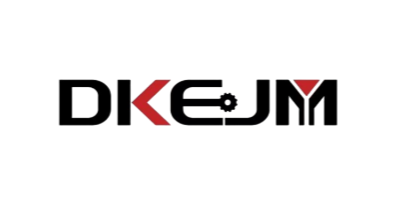1. What is an ink doctor blade? What role does it play in the printing process?
An ink doctor blade (also known as a doctor blade) is a critical component on printing machines (particularly in gravure printing, flexographic printing, and other processes). It typically consists of a slender steel strip mounted on the ink trough or printing plate cylinder. Its primary function is to precisely scrape off excess ink from the non-image areas of the printing plate cylinder, ensuring that only ink trapped in the image grooves or dots is transferred to the substrate. This results in clear, precise printed patterns.
2.What types of materials are your ink doctor blades primarily made of? What are the features of each?
We mainly offer doctor blades in the following materials, each with distinct characteristics:
Carbon Steel Doctor Blades: Cost-effective and highly versatile, suitable for most standard printing requirements.
Stainless Steel Doctor Blades: Excellent corrosion resistance, especially ideal for water-based inks or corrosive environments. They feature a long service life and are resistant to rusting.
Coated Doctor Blades (ceramic coating): These have high surface hardness, enhanced wear resistance, and a low coefficient of friction. They deliver finer ink scraping effects, extend service life, and reduce the occurrence of blade lines.
3.What dimensions and specifications do your doctor blades come in?
We offer doctor blades in a variety of widths, thicknesses, and lengths to meet the needs of different printing machine models and cylinder sizes. Common thickness ranges are between 0.152 mm and 0.203 mm, and width ranges are between 10 mm and 60 mm. Lengths can be custom-cut according to your printing machine requirements. Please provide your printing machine model or cylinder circumference, and we will recommend suitable specifications for you.
4.Do doctor blades come with different edge angles? What are the impacts of different angles?
Yes, we offer doctor blades with various edge angles (common ones include 30°, 35°, 45°, 55°, etc.). The selection of edge angles affects the ink-scraping performance and service life:
Small angles (e.g., 30°-35°): Sharper, they scrape ink more cleanly and thoroughly, making them suitable for fine printing, shallow halftones, or high-viscosity inks. However, they may cause slightly more wear on the printing plate and may also wear out faster themselves.
Large angles (e.g., 45°-55°): More durable with better impact resistance, they are gentler on the printing plate and suitable for general printing, high-line-count plates, or long-run jobs. The selection should be determined based on specific printing conditions.

